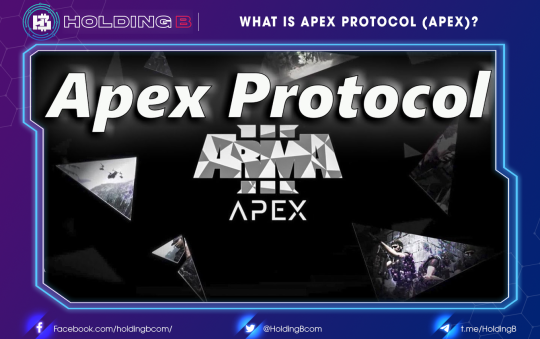What are bounty programs?
Cryptocurrency bonuses are an important reward mechanism that blockchain projects use to ensure the successful completion of certain tasks required by the network. In other words, Bounty in crypto is the project that requires users to perform a few simple tasks to receive a free token airdrop to their wallet.
Some requirements in bounty
Some common requests in one bounty include: setting a signature on Bitcointalk; following a Telegram channel; writing project introduction articles on a blog or medium; following, tweeting on Twitter; posting on Facebook; and following on Linkedin.
In addition, some coins will have very high requirements, such as having to like & share 3-5 of their posts per week. The more you share, the more you get; join their Telegram channel or have to post the links you shared to their Bounty topic or share the post with a hashtag (e.g. #ICO #ETH…), or ask to only share 1 post per day.
Bounty’s purposes
Initially, the bounty was intended as a marketing tool to attract users to participate in performing validation services for blockchain projects. Today, cryptocurrency bonuses have evolved significantly beyond the purpose of a simple marketing tool.
One of the main purposes of the bounty program is to promote the initial coin offering (ICO) of a token. Like traditional initial public offerings, ICOs need a lot of attention to be successful. Bounty programs are a great way to generate awareness and engagement for a new token.
How does bounty work?
The way the bonus works is very simple. The project, looking to promote its ICO, announced a promotional campaign in which users perform marketing actions and, in return, receive tokens. These marketing actions can be anything like I mentioned above.
Bounty campaigns were a huge phenomenon during the ICO craze in 2017 and 2018. Unfortunately, this marketing tool is often used by fraudulent projects to advertise fake tokens. This has made many crypto enthusiasts wary of bounty programs. The Securities and Exchange Commission (SEC) has deemed some ICOs and bounty programs illegal and used them as evidence of misconduct in court.
Some differences between bounty and airdrop
The first difference between the airdrop and the bounty is in the tasks you must complete before receiving the reward.
While the bounty-related tasks are similar to the airdrop missions, the bounty-related tasks you have to do over and over again while the bounty campaign is active, whereas with the airdrop, the A task is a one-time activity.
When it comes to airdrops, you usually have to complete small tasks that don’t require any specific skills. Some companies simply distribute tokens without any claim.
That is not the case with crypto bonuses. With the bonus, you will need certain skills to complete a mission successfully, and you will have to spend more time and effort than with the airdrop.
Take note if you want to profit from bounty effectively.
To effectively make money from Bounty, you must evaluate based on some of the following criteria.
- Get to know the project’s top team: Check to see if these are real people. I checked a variety of sources, including Google and the companies they claimed to work for.
- Check out their whitepaper, everything on their website, and all about their marketplace.
- Check out their promises.
- Check social media followers and engagement.
Closing thoughts
Bounty is one of the great forms of money in the cryptocurrency market. With this form, you do not need to spend any capital. Moreover, after you receive the token, if you personally evaluate the project, it will develop well in the future. You can hold it in your wallet and wait for it to increase in price. In the crypto market, the possibility of a 10, 100-fold increase is what happened.
Don’t forget to follow useful articles about Crypto Market from team Holding B !!!
- Telegram Channel: https://t.me/HoldingBcom
- Telegram Group: https://t.me/HoldingB
- Website: https://holdingb.com/
- Twitter: https://twitter.com/HoldingBcom
- Facebook: https://www.facebook.com/holdingbcom





